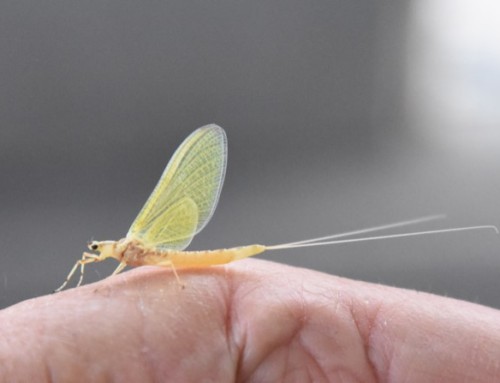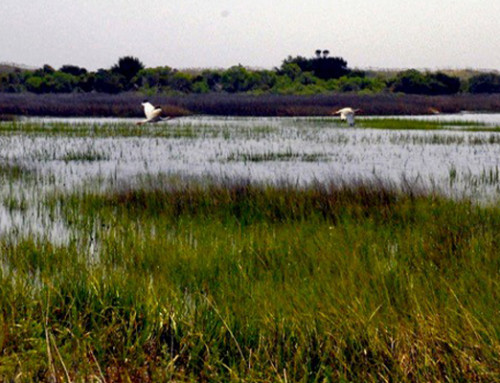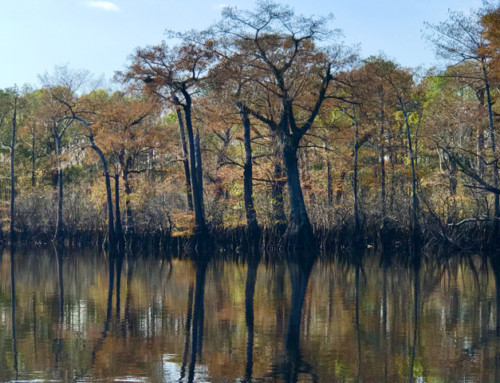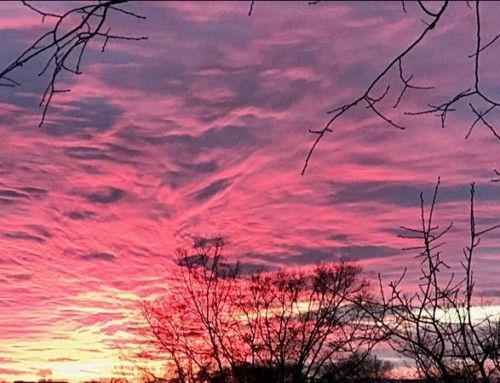A Photo Series from NC photographer and naturalist Tom Earnhardt
Home Waters
For much of the spring of 2020 North Carolina has been under a “stay-at-home” order, and even now, many cities and states still have restrictions in place. I have, and will continue to support, such orders until the coronavirus is part of our history. As we have seen in recent weeks, however, staying at home is not easy, no matter your circumstances or address. To be clear, such orders refer to a person’s place of residence or abode—a house, an apartment, condominium, or simply the place you lay your head at night.
“Home” can also be distinctly different from the place we reside, or get our mail. Here, I am referring to a familiar surroundings, a refuge, or place of comfort. For the first part of my life, home was where my parents, brothers, and I lived together. Today, home is anywhere family, friends, and I share time.
For many of us, the feeling of home, and belonging, can also arise from a place, sound, smell, or sensation. It can be a street with familiar store fronts, a favorite trail, the smells of a nearby bakery, the aroma of new mown hay, or the sounds of a factory. It can be a place of worship, or the campus of a high school/college. In such places and situations it is not uncommon to hear the phrase, “I feel at home.“
For me there has always been another type of home in my life, multiple places that have one thing in common—water. Throughout my life I have been attracted to water in its many forms. Whether I’m near a small creek or in a boat beyond the sight of land, water calms and restores me. At first it was the farm ponds near Thomasville and Asheville where I grew up. Although they seemed huge at the time, the ponds, with earthen dams, were almost always less than an acre in size. At these magical places I knew every frog, salamander, bluegill, dragonfly, and turtle. By the age of 12, I had waded in them, fished swim, swam in them, and even walked on their ice (not a good idea!) in the winter. I considered each of them “home water.”
As my world expanded across North Carolina and beyond, I added new waters to “home” status. When I turned 16 and could drive, my home waters included the Davidson River near Brevard, the South Mills River below Pink Beds, and Hazel Creek on the north shore of Fontana Lake. These were trout streams with clear/cold water, abundant mayflies, stair-step pools, rhododendron, massive trees, and wildflowers. I fell in love with these waters and learned their moods, during high and low water.
Although I visited the Outer Banks, Morehead City, and Kure Beach in the 1950s, it would be another decade before I found home water on the North Carolina coast. In the late 1960s my father and I were attracted to Cape Lookout via Harkers Island. This was before the Cape Lookout National Seashore became a reality. It was a time when hundreds of families in “Down East” Carteret County made a living from the water. On Core Sound, Barden Inlet, and at Cape Lookout, I was at ease with the currents, tides, changing bird populations, and fish migrations. More importantly, I felt a deep connection to the people who lived at the place where land and water became one.
Now, 50 years later, many of the farm ponds of my youth are under housing developments or the parking lots of shopping malls. The sparsely developed Carolina coast of the 1950s and 1960s has given way to thousands of vacation homes, and a vibrant tourism industry. Fortunately, for North Carolinians and the people who visit the state, there are still thousands of miles of accessible streams and rivers, numerous inland lakes, and ocean beaches that can become your home water.
Even with fond memories of a less-developed North Carolina landscape, I try not to be guided by nostalgia. Water quality today is generally superior to that of a few decades ago. Through the 1970s, and into the 1980s, many of the best known rivers in North Carolina were still badly polluted, primarily from minimally regulated industrial and municipal waste. The French Broad, Catawba, Yadkin, Haw, Roanoke, and Cape Fear all had serious water quality issues. Fortunately, starting with the Clean Water Act of 1972, the Tar Heel State has witnessed investment and dedication from stakeholders in government and the private sector. North Carolina has made an irrevocable commitment to quality inland and coastal water.
No matter where you live in North Carolina, there is a piece of water to call home. In these troubled times, almost any stretch of water can offer a place for “social distancing,” but more importantly, a place of calm and rejuvenation. At your home water, you can walk beside it, stand in it, or move across it. Three years ago I adopted a new stretch of “home water,” Lake Crabtree, part of a Wake County Park. Technically, it is a flood-control lake under the south end of the runway at Raleigh-Durham International Airport. I have found that even a body of water with such humble origins, can provide year-round comfort—a place to walk, watch sunsets, and row. Three days a week, year-round, I launch a simple 14-foot rowboat with wooden oars. From the rowboat I watch the seasons change and have gotten to know the Park’s permanent residents—black vultures, bald eagles, blue herons, and whitetail deer.
One of the beauties of having water you can call your own is that you will know when it needs help. Right now, volunteers are working to improve Rocky Branch, which flows through Dix Park in Raleigh. It is not unlike many urban streams/creeks that have been used as dumping grounds for concrete, or forced underground through culverts. Supporters of the Rocky Branch envision 5,000 linear feet of restored waterway with trails along its edge. They see a riparian zone alive with native plants and birds, and clean/moving water providing quality habitat for fish and invertebrates. I see these things, too, but I also see “home waters” for thousands of Raleigh children and families in coming generations.
Finally, when you have your own stretch of home water, you will know the source of the water and where it goes. You will be angry when it is marred by polluters living upstream, and you will care about the quality of water moving downstream. Just as we are protective of our homes and loved ones, those same instincts make us stewards of our adopted waters.
In the coming weeks I will continue to follow the directives of public health officials. When it is safe to travel, I will again fish, wade, swim, row, and walk beside on my home waters. Such places calm me and restore my connection to this place we call home, North Carolina.
Wishing you health and “home waters” to call your own,
Tom
While growing up in the 1950s, everything about a farm pond excited me. I loved the fish, but I was equally attracted to the frogs, turtles (photo #1), and dragonflies (photo #2).


When I turned 16, several Western North Carolina trout streams became part of my collection of home waters. Clear, fast-moving water and beautiful trout (photo #3) were the main attractions, but mayflies (photo #4) and other aquatic insects made each stream unique.


When Cape Lookout became home water for me in the late 1960s, I was attracted by the tides and salt marsh (photo #5), and the people who made their living on the water (photo #6).


In recent years, Lake Crabtree, where I launch a rowboat year-round (photo #7), has become home water. In this unlikely “wild place” I have gotten to know its permanent residents, including bald eagles and great blue herons (photo #8).


Regardless of where you live in North Carolina, there is a stretch of water near you that can become your “home water.” You can choose a fast moving trout stream in the Blue Ridge, or a slow-moving river, like the Eno, near Durham (photo #9).

For lovers of Atlantic beaches (photo #10), North Carolina has plenty of quality “home water“ for everyone.

All photos in this series are by Tom Earnhardt. Narration by Tom Earnhardt except slight editorial corrections






